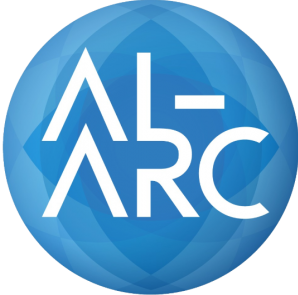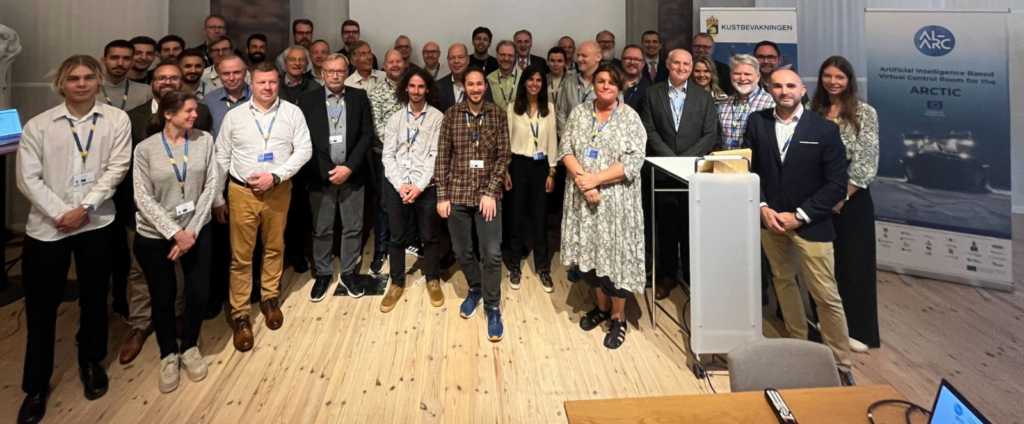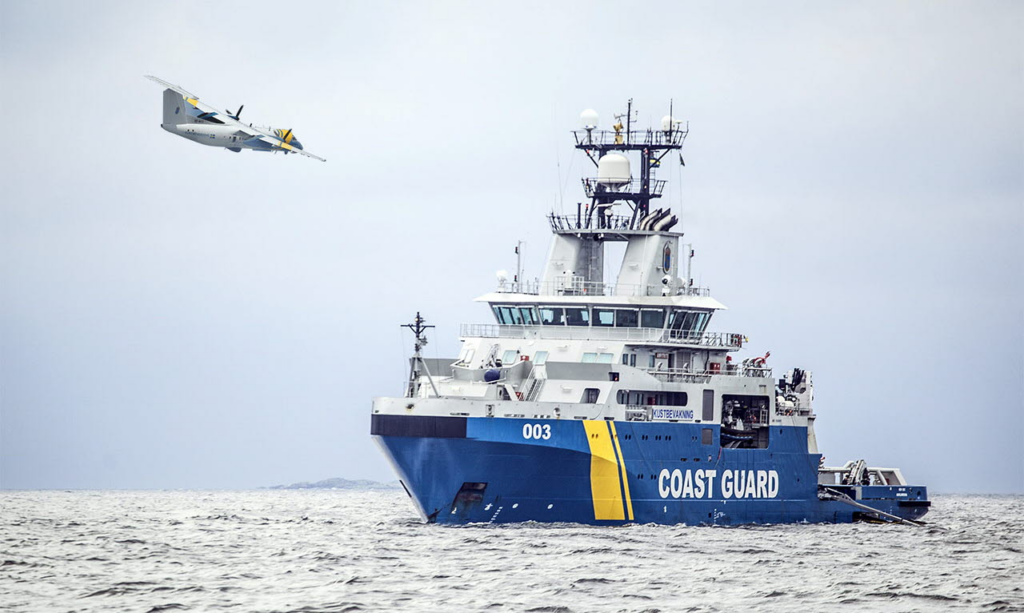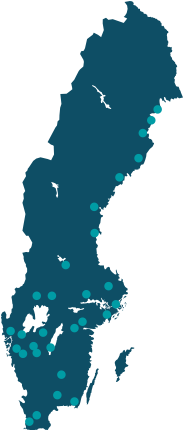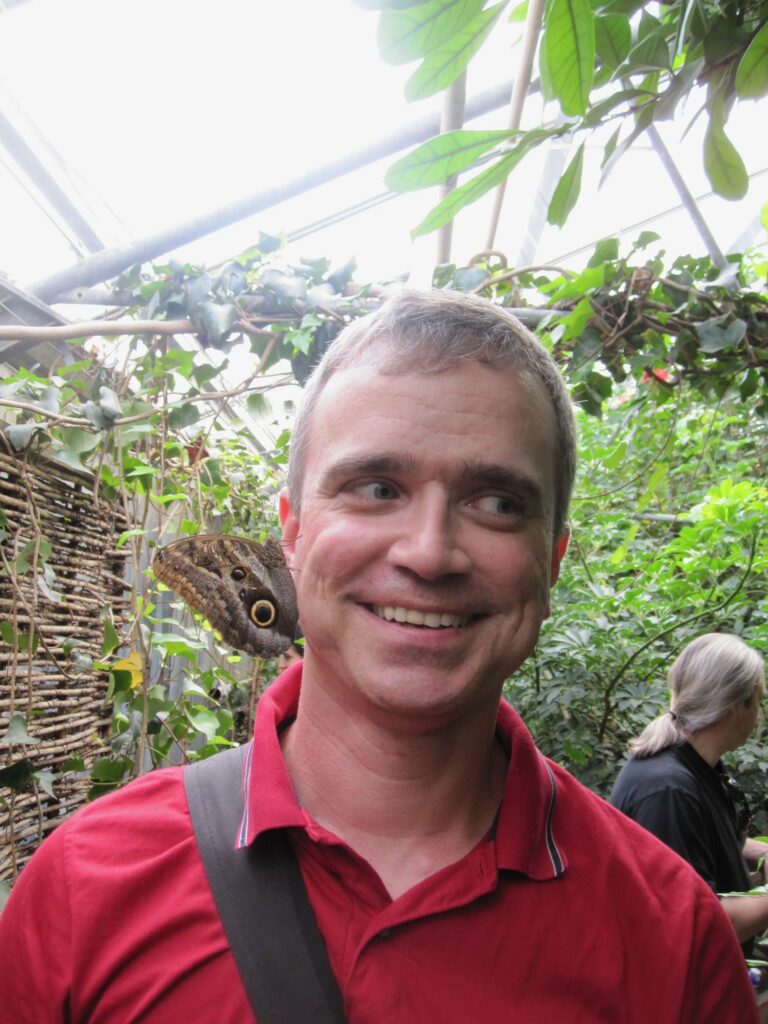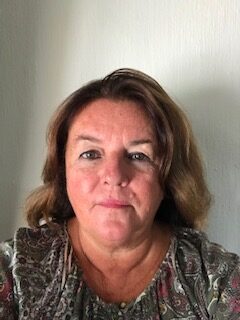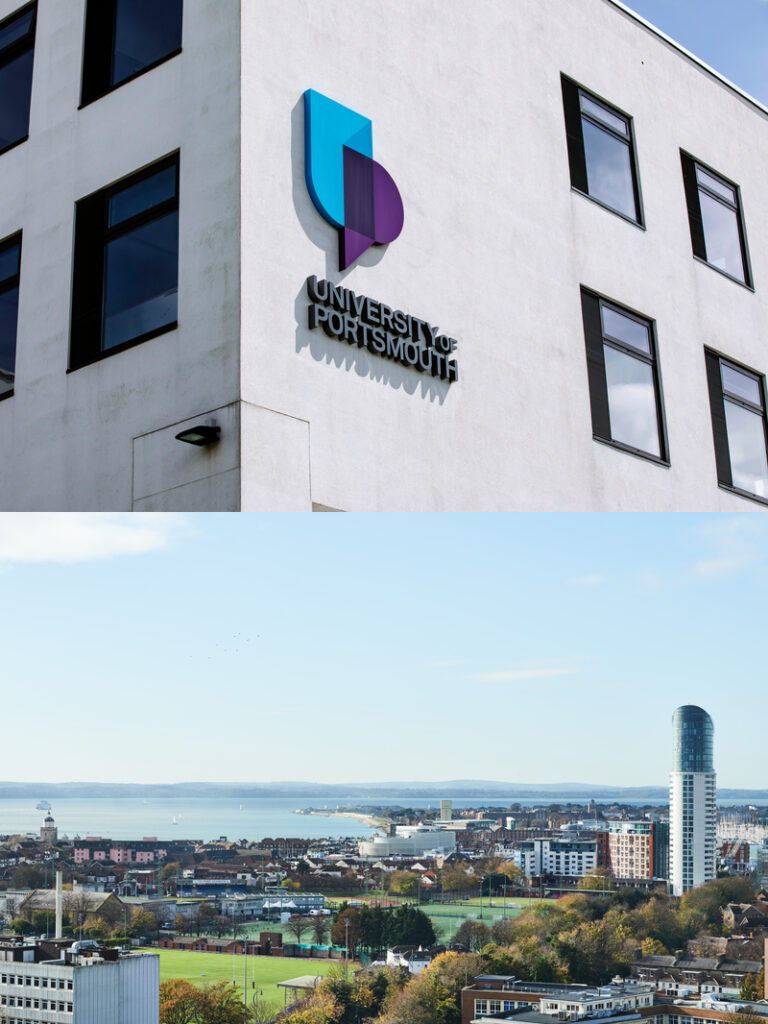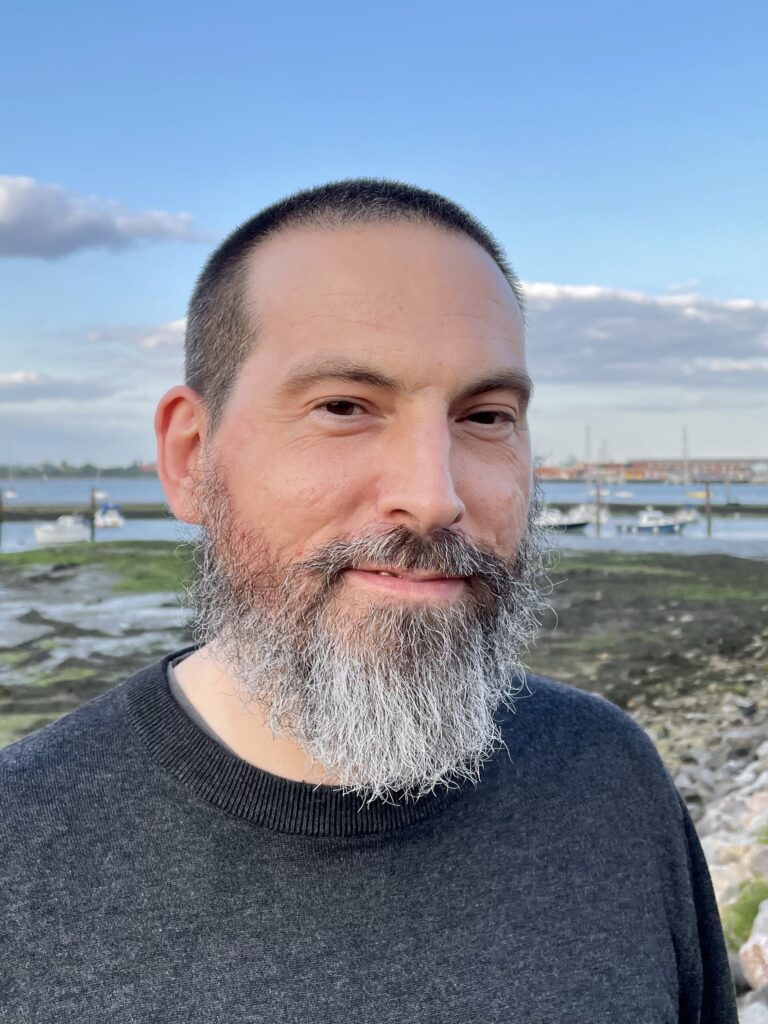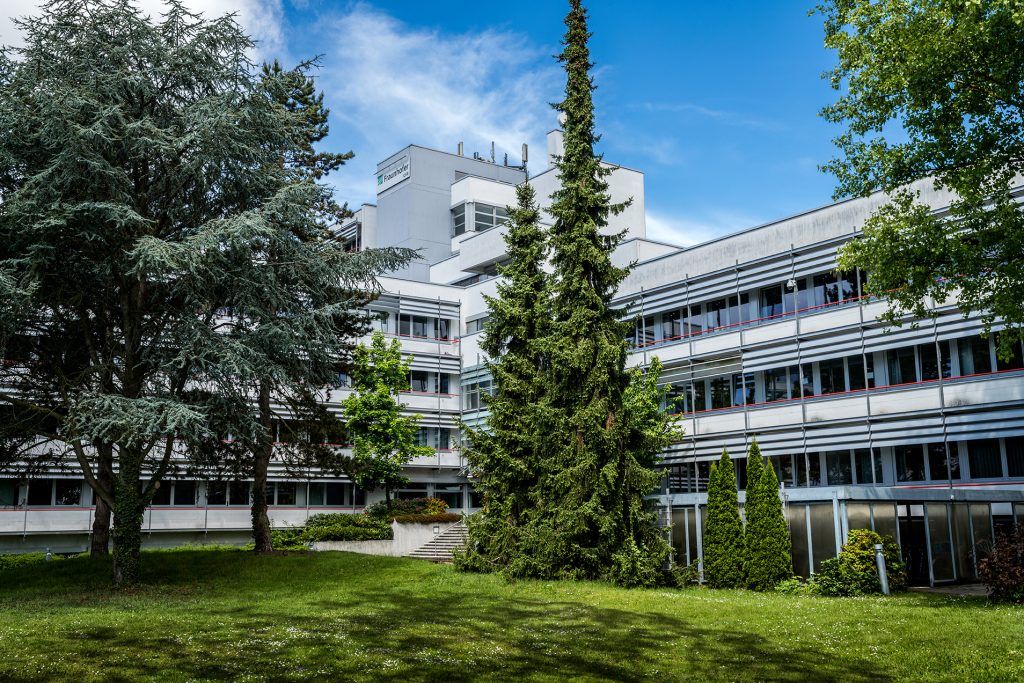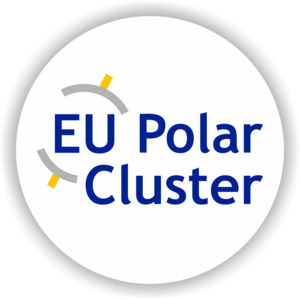The fishing vessel Pandora, is in serious trouble in the Denmark strait, it has lost propulsion, suffered a black out and is drifting in ice filled waters and rolling seas.
While the vessel hits sea ice and starts taking on water, the SAR controllers in the JRCC are trying to gain some situational awareness and assemble assets to its rescue.…
This is the scene of the upcoming AI-ARC Arctic demo taking place in Reykjavik, Iceland on October 18th 2023, we speak to members of the Icelandic Coast Guard (Landhelgisgæsla Íslands): Snorre Greil, Commander & project manager and Anna Finnbogadóttir, Specialist, about the their involvement in the AI-ARC project and the upcoming demonstration.

Can you give some background to the Icelandic Coastguard? What are some of your main activities?
ANNA: The Icelandic Coast Guard (ICG) is a civilian law enforcement agency with responsibilities for maritime and aeronautical safety and security, search and rescue (SAR), environmental protection as well as carrying responsibility for Iceland’s defense capabilities and cooperation. ICG is responsible for instigating and coordinating all maritime and aeronautical SAR operations within the Icelandic SRR (Search and Rescue Region). The sheer size of this area adds to the complexity of the tasks of the ICG.
We find it important to find ways to strengthen the infrastructure for SAR including tools to enhance situational awareness.
Anna Finnbogadóttir

The SAR region around Iceland is 1,9 million square kilometres within which the ICG is responsible for coordination of SAR operations and calls for backup from other states when local resources don’t suffer. Our operations are based on gathering, analysing, and distributing information in close cooperation with neighbouring countries to create a surface picture as accurate as possible at any given moment to ensure maritime safety and security. The ICG has been observing developments in the Arctic and participated in forming policy and spearheading work regarding Arctic maritime safety in cooperation with other coastal states in the North Atlantic and Arctic. The goal has mainly been to coordinate and standardize procedures and share information on best practices, expertise, equipment, and manpower available for rescue.
We find it important to find ways to strengthen the infrastructure for SAR including tools to enhance situational awareness. Resources that the ICG uses to build its situational picture include air and surface assets, satellite imagery provided through the European Maritime Safety Agency and not least data that cooperating vessels share with us. The information run through the ICG Operations Centre, the heart of the organisation. The Operation Centre has many functions including being the Joint Rescue Coordination Centre Iceland (JRCC I), alert point for marine pollution, Fisheries Monitoring Centre and Vessel Monitoring and -Traffic service.
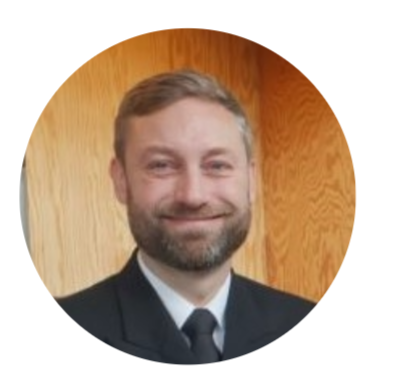
The demonstration will feature real assets such as coast guard vessels and professional mariners and SAR controllers testing the AI-ARC toolbox in action.
Snorre Greil
Can you describe in more detail Icelandic Coast Guard’s role in the AI-ARC project? And your involvement in the AI-ARC Arctic demonstration?
SNORRE: Let’s start by taking you to the scene of the fishing vessel Pandora, which has gone into serious trouble in the Denmark strait, it has lost propulsion, suffered a black out and is drifting in ice filled waters and rolling seas. While the vessel hits sea ice and starts taking on water, the SAR controllers in the JRCC are trying to gain some situational awareness and assemble assets to its rescue. The controllers simultaneously must stay vigilant towards a troublesome cargo ship transiting through the traffic separation scheme leading to the approaches of Reykjavik. On several occasions the vessel had either broken the rules of the road at sea or put itself in harm’s way. For safe navigation purposes the controllers also follow the movements of a patrol vessel, which cannot share its position with other traffic in the area due to the nature of its mission. Fortunately, the patrol vessel has a law enforcement AIS installed sharing its position and in-situ information with the ICG Operations Centre through the AI-ARC graphical user interface supporting the on-going SAR operation and safe navigation.
The described situation is a glance into the scenario of the AI-ARC Arctic Demonstration to be hosted at our premises in October. The demonstration will feature real assets such as coast guard vessels and professional mariners and SAR controllers testing the AI-ARC toolbox in action.
The AI-ARC project partners are investing substantial work to develop services to improve safety of navigation and situational awareness at sea, which in principle is compatible with the Common Information Sharing Environment (CISE) EU initiative. The project draws on the best of expertise from partners from across Europe (EU/EEA) while focusing on the Arctic, North Atlantic and Baltic Sea regions. Both the CISE and AI-ARC frameworks aim at enhancing authorities’ interoperability of surveillance systems, in addition, AI-ARC has the vision of expanding the information exchange to include merchant mariners where applicable. The ICG appreciates the need for effective information exchange between authorities to succeed with its mission, yet merchant mariners are an indispensable player in the network of safe navigation, and SAR, and in the Arctic where resources may be scarce, even more so.
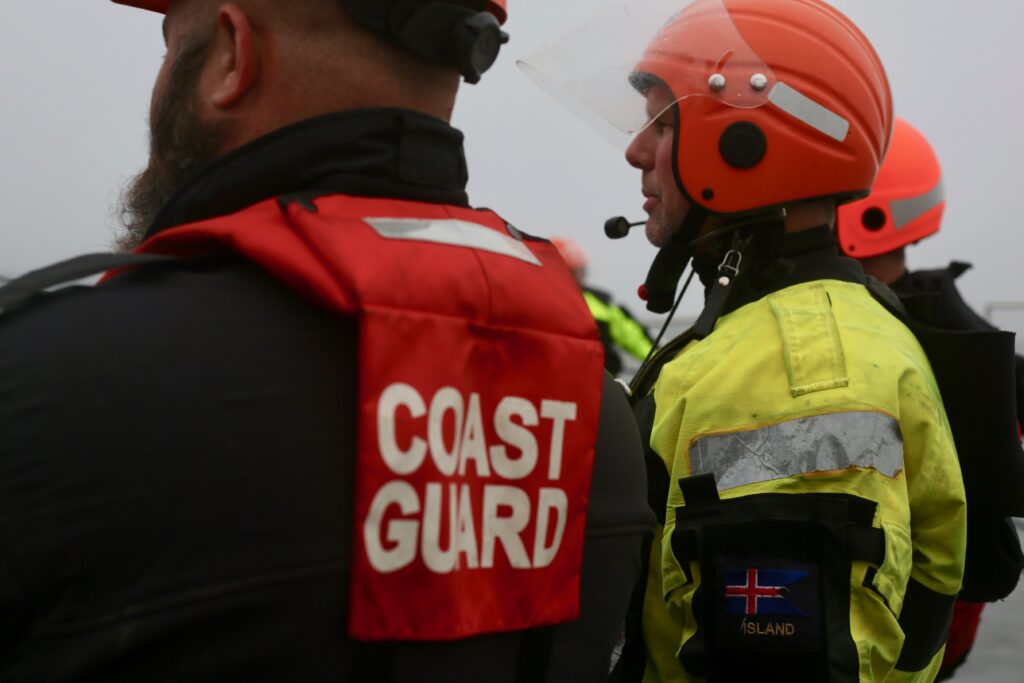
What do you find most interesting and most challenging about Icelandic Coast Guard’s role in the AI-ARC project?
SNORRE: As operational minded end users we are intrigued by having a whole army of dedicated and highly professional technical and academic partners doing everything they can to help us do our work making the seas safer. Furthermore, the project provides us with a much-valued opportunity to work closer with cross-border, fellow SAR coordinating entities.
ANNA: The big challenge is to prioritize between all we would like to achieve. So, there is a time strain. As well, there are huge amounts of data, which could be of use, that is challenging to get access to.
Can you explain what aspects of the upcoming AI-ARC Arctic demonstration you are most excited about?
We are really excited about showcasing the achievements of the project to relevant actors as we believe the work is making a difference. To demonstrate the solution, in the actual environment where it will be used, is key. The aspect of doing a hands-on demonstration with the people that would depend on the solution as a working tool and get their feedback is what matters the most for the continuity of the work. The solution that will be demonstrated combines a palette of technical maritime services provided by technical partners of the AI-ARC and helps exchange critical information to gain better maritime situational awareness and not least offers a platform to share that awareness.

